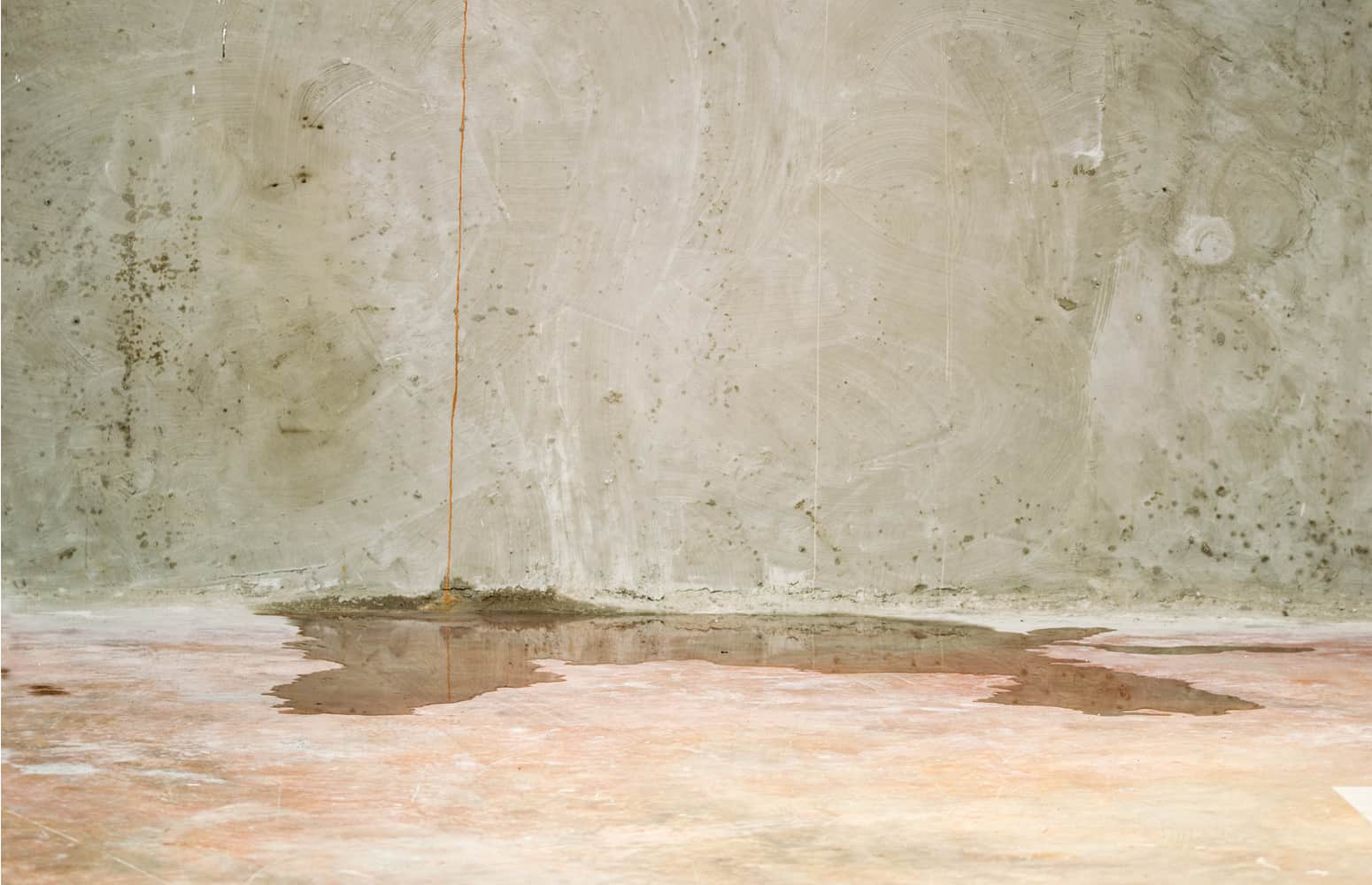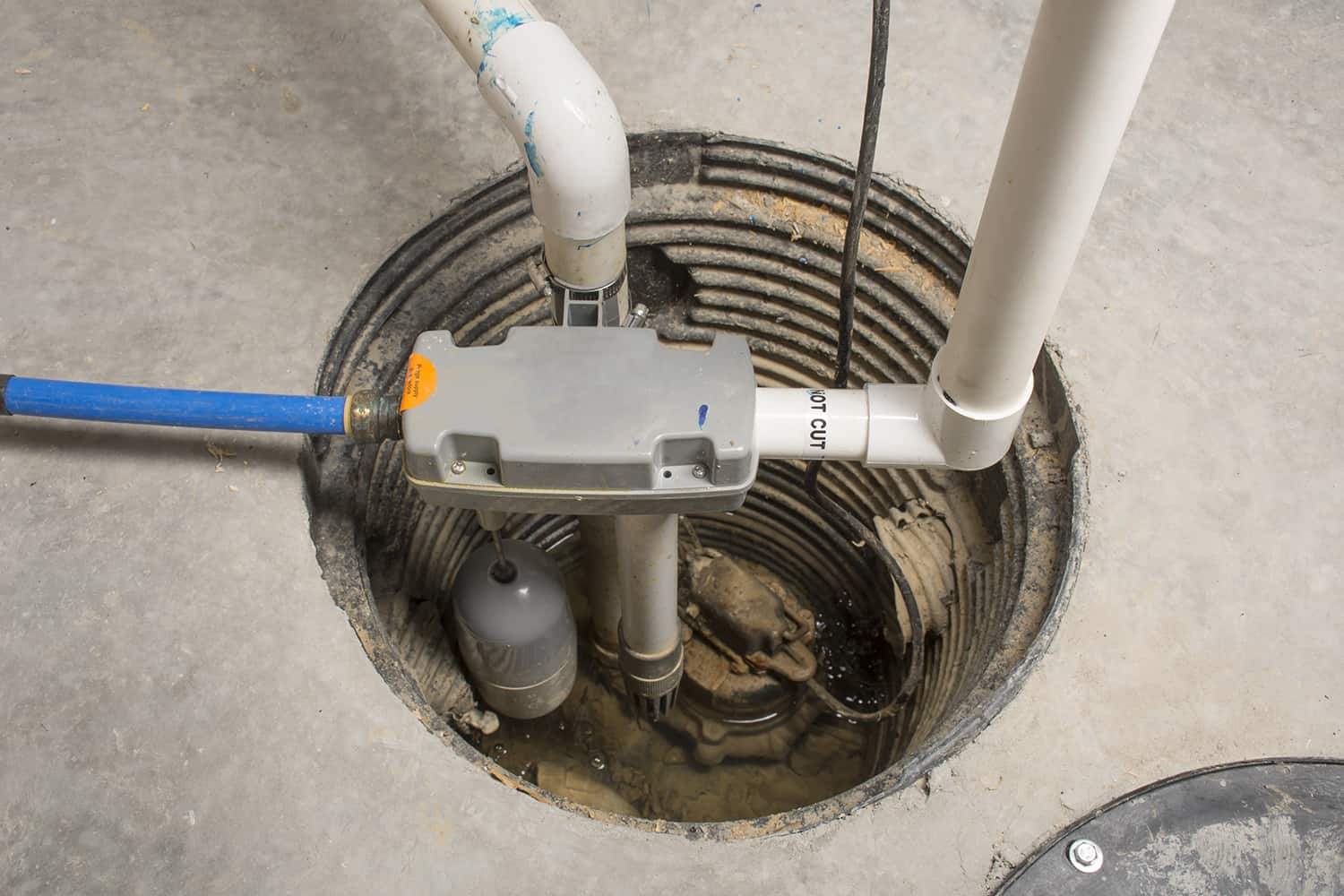5 Things to Consider When Waterproofing A Finished Basement
Bargain basement companies might build over signs of water damage, not weatherize your basement adequately, or provide adequate moisture control. These mistakes can be harmful to your family’s health and home value. Here’s what you need to know about basement finishing in St. Louis County.
Look for Signs of Water Damage
Look around the perimeter of your basement for any signs of water damage, especially the days following rainfall. Feel along where the ground meets the wall to determine whether any water has recently pooled. Assess up and down the walls to see any visible water streaks or breaks in the wall. Go outside and check that the rain gutters are in good condition and that the downspout is pointing away from the house. Make sure there aren’t any gaps or cracks around the foundation. Also, consider adding soil around your foundation to prevent any runoff from leaking into the basement.
Install A Vapor Barrier
Vapor barriers are essential in preventing mold growths that can cause stud rot and bacterial growths that can pollute air quality. They prevent moisture from warm weather outdoors from building up in the walls. Also, vapor barriers will prolong the life of your insulation. You won’t have to re-weatherize your St. Louis home as frequently!
Create A Gap Between Wall and Framing
Moisture can build up in the most unusual places, especially in areas that don’t get much sunlight…like your basement. That’s why there should be a gap between the framing and your basement wall. Putting studs into direct contact with the foundation increases the risk of moisture damage. Allow for at least 16-inch on-center stud spacing throughout your basement.
Get Interior Drainage
Interior drainage is a wise investment for homeowners, especially if their basement has a history of water damage. These systems capture water as it floods the floor. This water enters a sump pump. The sump pump then expels the water outdoors to prevent any moisture build-up.
Consider Condensation
The outdoors aren’t the only things that put your basement at risk of moisture growth. What you do indoors counts, too! Many appliances that stay in the basement put out considerable heat, including furnaces and dryers. Heat in a cool, damp area (such as a basement) can lead to moisture build-up. Check the exhaust fans and ventilation systems of these appliances to ensure that all moisture and gas get sent outdoors. Since basements lack sunlight, it’s easier for the air to become filled with allergens and mold. Think about getting a dehumidifier and an air purifier to promote cleaner air circulation.
When you are getting your basement finished in St. Louis, ask about these suggestions. The value of your home and your family’s health depends on a job done professionally.






